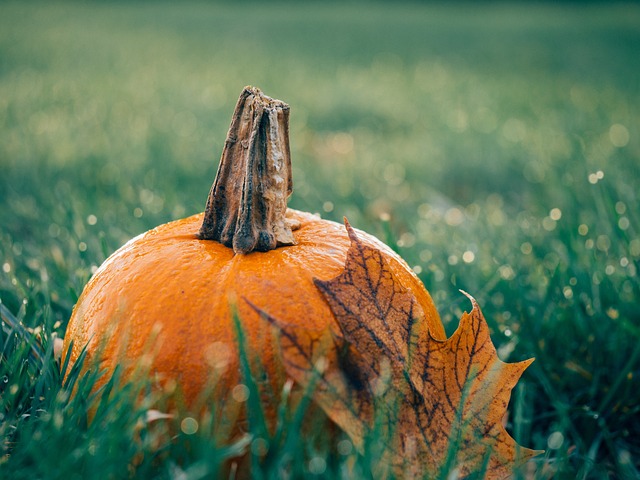I learn ways of writing by doing, by mimicking the writers I admire and considering how their words spin together in fresh, insightful ways. This is the same approach I take with my students, particularly in my high school creative writing and poetry courses where intimidation and writer’s block reverberate at higher frequencies.
“First Passion” by Mary Kinzie makes annual rounds as a mentor text. Typically, when my students first encounter the poem, we’re in the midst of a unit designed by a colleague and mentor where students consider 13 “ways in” to a poem à la Wallace Stevens. Entry points such as images, sound, order and arrangement, tone, and—in the case of “First Passion”—punctuation and spacing allow for a kaleidoscopic reading approach. Each “way in” refracts a particular poetic dimension or layer of meaning, shifting according to the poem at hand.
The poem’s staggered spacing enacts an anxious breathlessness, capturing a sudden surge of emotion that threatens to overcome the speaker. Reviewer Benjamin S. Grossberg (2008) speaks to Kinzie’s way of “dexterously us[ing] space on the page to recreate the cadences of speech, making wrought poems feel agile, spontaneous, and unspooling in the reader’s present.”
First Passion Running there I am at fourteen I have been scolded by my father for something I hadn’t done or hadn’t not done who knows the dishes nothing serious like my smoking or ineptness with people and bad choices It was unjust and the almost irrelevant injustice grew so pure and tiny in its atmosphere of truth which rose like sky that I fell in love with it and it cut into me loosening the first tears (though these were not what frightened me at night Then the griefs came loose beginning to run I was fourteen and wailed around the blocks more times than once my chest straining against the sobs in their delightful echoing back from the streets that suddenly were empty everyone having inched backward from the windows into the parts of rooms that are never chosen the side of the stairs the door to the water heater where they watched me amazed at this sourceless melodious grief eager to return to the normal dithering watchful golden gossip of the afternoon –Mary Kinzie
We read the poem aloud several times, alternating readers so as to fully experience how Kinzie plays with spacing and (a lack of) punctuation — intentionally varying our delivery, working to vocalize the poem’s emotional intensity. We speculate about what is happening to the speaker, about the griefs come loose, about its title. Some students say the spaces are sobs, attempts to self-soothe through deep breaths, silence between running strides, or signs of a first anxiety attack. We wonder about how Kinzie’s use of verb tense evokes the speaker’s memories as realistic and present.
The discussion is generative and curious, on occasion taking the whole fifty-minute class period with pauses to re-read and mark up the poem. When the transition feels right, I give the following writing prompt: “Modeled after ‘First Passion,’ write about a ‘first’ in your life—perhaps a first of something you’re quite familiar with now.” Before we get into poetic representations, we brainstorm lists of possible “firsts.” Topic in hand, I encourage students to consider capturing the emotion through play with creative spacing, punctuation, and verb tense. Often, I recommend intentional spacing choices to emulate specific speech cadences or patterns. I suggest they embrace the present-tense gerund construction of Kinzie’s first line, “Running there I am at fourteen”—selecting an apt verb and orienting the poem by naming their age at the time of their selected memory.
Resulting student writing is often rich with personal experience, accessing otherwise unarticulated emotions—riding the train by herself, age 13, for her first “weekend with dad” after her parents’ divorce; feeling weightless, age 16, as the wheels roll during the first time driving a car; uninhibited joy and nerves, age 15, at a first visit to meet her family in Mexico. One of my former students, Lucia S., wrote about a memory of release.
First Dance Jumping there I am at eleven I have landed on my brother's Lego our third-floor apartment too cluttered to breathe or play who knows or dance anything an accident, shhhh our too-loud-voices disturb the neighbor that smells of Marlboro seeping, clouding, clogging the walls shrink in and I accept the pressure, collapse loosening my lungs, my limbs then the hands came loose beginning to dance I was eleven and jumped on the couch remote control as my microphone more times than once freedom, togetherness clap along this Sunday afternoon
I love the vibrant details of the Lego, the Marlboro neighbor, the remote control as microphone and the way the poem moves from feelings of constraint towards a freedom-filled dance. No matter how students choose to infuse the prompt with their individuality, the “First Passion” mimic poems are often among the semester’s most vivid.
Works Cited
Grossberg, B. S. (2008). [Review of California Sorrow, by M. Kinzie]. The Antioch Review, 66(1), 190–190.
Kinzie, M. (2007). First Passion. The New Yorker.
Stevens, W. (1954). Thirteen Ways of Looking at a Blackbird. The Collected Poems of Wallace Stevens. Alfred A. Knopf.
Meg Davis is currently pursuing a Ph.D. in English Education at Teachers College, Columbia University. She has taught creative writing and contemporary poetry courses for middle and high school students both in and outside of traditional school settings.




One response to “You Never Forget Your Firsts”
I love the idea of analyzing a poem through spacing and therefore absence, and the concept of “13 ways into a poem”—I can’t wait to try this with my students!